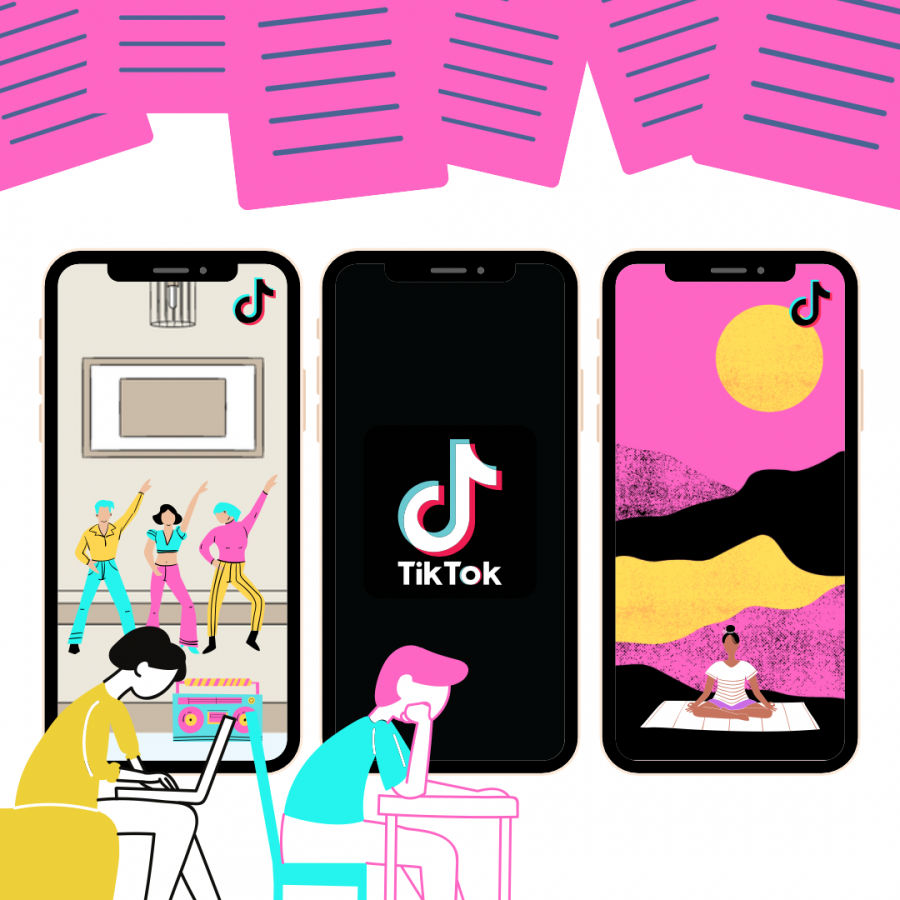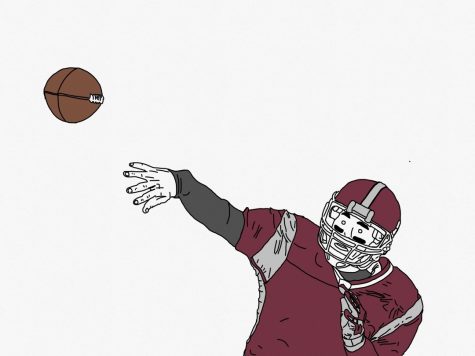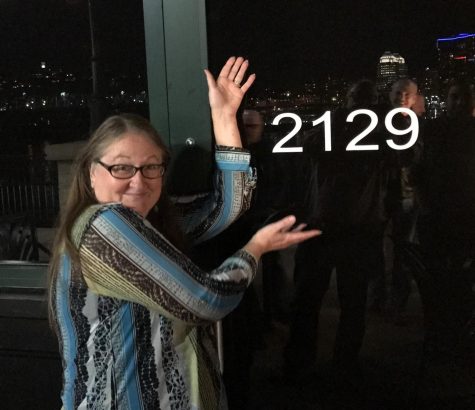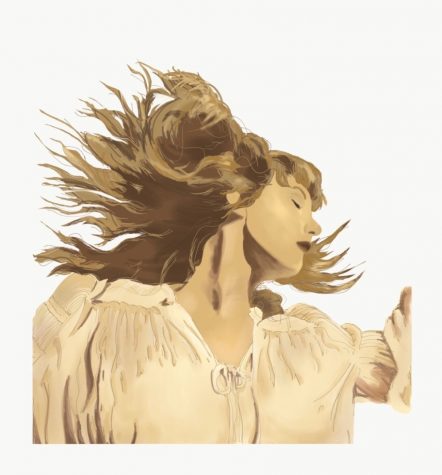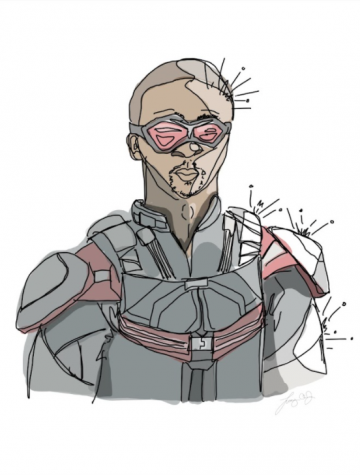Spring Semester 2051, AP U.S. History Document-Based Questions
Spring Semester 2051, AP U.S. History Document-Based Questions
Assignment: Using the sources and your own knowledge, discuss how the COVID-19 pandemic and school closures affected high school students. You may view the sources on a vintage screen or directly from your brain feed.
Source 1: @hankgreen1. Number of followers in 2020: 3.8 million
Hank Green, a millennial who first became popular making educational videos on Youtube, comments on Gen Z ’s willingness to consume a wide variety of products.
https://vm.tiktok.com/ZMehqXkq8/
Source 2: @aripine. Number of followers in 2020: 118,200
A teenager creates a dance to the voiceover for a widely circulated advertisement for a grammar-correction website.
https://vm.tiktok.com/ZMehqWC2v/
Source 3: @faithbradforddd. Number of followers in 2020: 1 million
This teenager films her experience during one day of her online classes, while mourning the loss of her recently deceased fish.
https://vm.tiktok.com/ZMehq4fMb/
Source 4: @jackknightley. Number of followers in 2020: 806,300
Two British teenage boys create a rap song depicting their lives in England during the COVID-19 pandemic.
https://vm.tiktok.com/ZMehtrnXt/
Source 5: @baytownz. Number of followers in 2020: 12,600.
A high school student uses TikTok as a platform to demonstrate life for students during the pandemic, juxtaposing the experience of online school with real-world events.
https://vm.tiktok.com/ZMehtFWV1/
Source 6: @ivansurbabano. Number of followers in 2020: 2.7 million.
A high school senior films his classes for a day of school and provides commentary about his experience learning online.
https://vm.tiktok.com/ZMehtEdsB/
Source 7:@tiktoksbyalexa. Number of followers in 2020: 26,200.
This creator films a short video, talking to viewers about a fun night she plans to spend with her mother.
https://vm.tiktok.com/ZMehtbwXY/
In March of 2020, the entire world underwent a major transformation as a mysterious airborne virus, later named COVID-19, spread from its origin in Wuhan, China, quickly reaching every corner of the globe. While some countries, particularly Taiwan, Singapore, and New Zealand, were able to effectively stop the spread of the virus with fast government responses and citizen compliance with lockdown policies, others were not as successful. The United States President at the time was a former casino owner named “Donald J. Trump,” who lacked an understanding of what the virus was, or what to do about it. His slow response and downplaying of the potential dangers of the disease negatively impacted almost every aspect of Americans’ lives. High school students were one group that was significantly affected by these policy decisions, as the country’s inability to slow the spread of the disease forced school campuses around the country to close their doors and educate students using what was commonly known as “distance learning.” The sources provided paint a disturbing picture of the effects that the pandemic and “distance learning” had on teenage students. The only reasonable conclusion to be drawn from the sources is that the COVID-19 pandemic and school closures had an extremely negative impact on high school students’ mental health, social skills, and ability to function in society. In severe cases, they may have even gone crazy.
In both Source 3 and Source 6, high school students record themselves as they spend a day learning online. From today’s perspective, their behavior is more than slightly peculiar. Several oddities stand out. First, throughout their videos, the students repeatedly use a number of gestures that appear bizarre and borderline inappropriate by today’s standards, including quickly covering their mouth with their hand in surprise, or banging their head on the table to symbolize cringing. On top of that, the student in Source 3 is able to play the ukulele and make coffee while in class, which undoubtedly impacts her education. She also seems to be significantly more focused on the recent death of her pet fish “Tony Shark” than on comprehending the lesson material. And the source demonstrates that she is not the only one questioning the value of this (at best) unorthodox teaching environment. After the teacher contemplates the differences between two American rappers with “baby” in their official titles, he comments, “I hate this world,” presumably referring to “distance learning.” One can infer that learning over a computer video conference was difficult for everyone, from fish to teachers, and that this compromised learning environment may have been the root cause for the decline in behavioral and mental health observed in teenagers during the early 2020s.
All of the sources come from TikTok, which started as a platform for creators to post short videos of themselves and their friends dancing. However, according to Source 2, it seems that as teenagers became increasingly isolated due to the pandemic, their perceptions of what was socially acceptable on TikTok may have become blurred. In Source 2, the video creator is dancing, but not to a piece of music. Instead, he is dancing to a voiceover narration of what seems to be an advertisement for a grammar website. From today’s perspective, it would seem unhealthy for a teenager to spend their time alone creating a dance to an advertisement.
However, the collective sanity of teenagers during this time is put into question even more after reading the comments (short text excerpts submitted by other teenagers after viewing the posted content). One comment reads: “Why did I just spend half an hour trying to learn this (two skull emojis).” Another commenter passionately states: “You’ve been living in my mind rent free for the past few days and I’m not planning on evicting you anytime soon.”
Source 7 is another demonstration of how isolation negatively impacted teenagers’ social skills. In Source 7, the TikTok creator is excitedly showing viewers how she plans to spend her night partying, then reveals that the only person present will be her mother. While even today it is important to spend time with family whether human or robotic, it is collectively agreed upon by scientists that maintaining strict limits on time spend with parents or guardians is essential for teenagers well-being. The social isolation caused by school closures as well as the “social distancing” rules put in place during the pandemic can be seen as detrimental to the mental health and well-being of high school students.
During the fall of 2020, the case numbers in the United States remained extremely high and many students still participated in distance learning. On top of this, it was an election year and tensions between the political “left” and “right” were at an all-time high. At this time, there were only two major political parties, and all fifty states were part of one single country. Political news stories were circulating constantly, and political protests, including the attempted coup in Washington DC, were being held across the country. In Source 5, a student uses her cinematic editing skills to depict the experience of being isolated and learning online during such a monumental moment in American history. Sitting in a dark room, she turns away from her “online school” computer screen and scrolls through the constant stream of news flowing across her phone. While her video is just one perspective, the comments once again provide a window into the experiences of others. One comment reads: “I literally said I can’t pay attention to the coup [because] I have math homework.” Another comments on the historical significance of the period: “This is gonna be a DBQ some day (embarrassed face emoji).” Overall, the sources provide indisputable evidence that, in the simplest terms, the COVID-19 pandemic and school closures made all high school students go crazy.
Teacher comments:
Overall, nice job with this assignment! Here are some ideas on how you can improve (and check your direct brain feed for additional comments and your grade):
1. I noticed that you left out Source 1 and Source 4 from your discussion. Source 1 is a really nice secondary source and provides some perspective on teenagers’ mentality around consuming food and other objects during quarantine. And Source 4 gives us a more global perspective, as it is filmed in what was then called the United Kingdom (remember, this was before the founding of New Markle). And the quality of the boys’ rap gives us insight into their mental state at the time, and possible issues of malnutrition.
2. While I can see how it would be easy to infer that “all high school students went crazy,” in general, in historical writing, we should try to stay away from that kind of broad and sweeping language, as it is hard to prove and tends to over-simplify complex social structures. For example, while it is true that most high school students today have several prosthetic tentacles, others do not, and as you know, our school policy is to respect every student’s choice of limb-number, and not exclude our four-limbed friends from the narrative.
3. Lastly, I think it is important to remember that we may not completely understand the communications styles and humor of the period, and so we may misunderstand some of the first-person sources. For example, we now know that Dr. Anthony Fauci’s wise guidance about drinking bleach was what ended the pandemic, and the public-health TidePod Challenge was what brought that message to the masses, but these facts were misunderstood for many years. But isn’t that what’s fun about history! 🙂
Hello there! Our goal is to provide relavent, engaging journalism for readers of all ages. Your donation will support the student journalists of the Wolfpacket at Claremont High School, and will allow us to purchase equipment, print our monthly issues, and enter in journalism competitions. We appreciate your consideration!
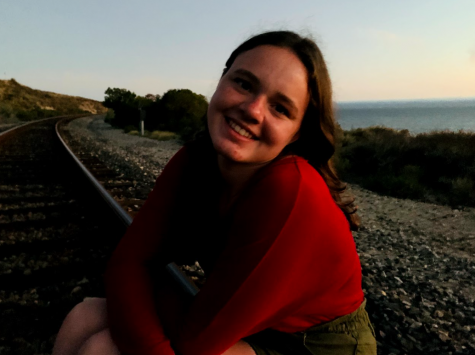
Meghan Mason is a senior at CHS, and this is her third year on the Wolfpacket staff. Mason is the Assistant Editor-in-Chief this year, and cannot believe...
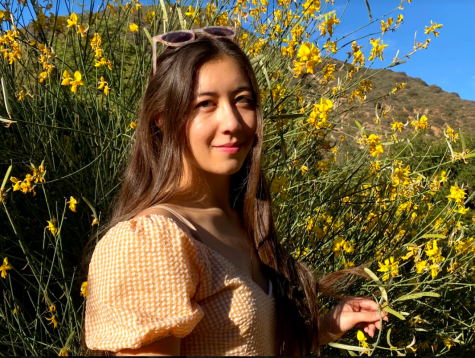
Sequoia Clark is a senior at CHS, and the head Editor-In-Chief for the Wolfpacket. She enjoys writing unnecessarily long articles about Taylor Swift, and...



